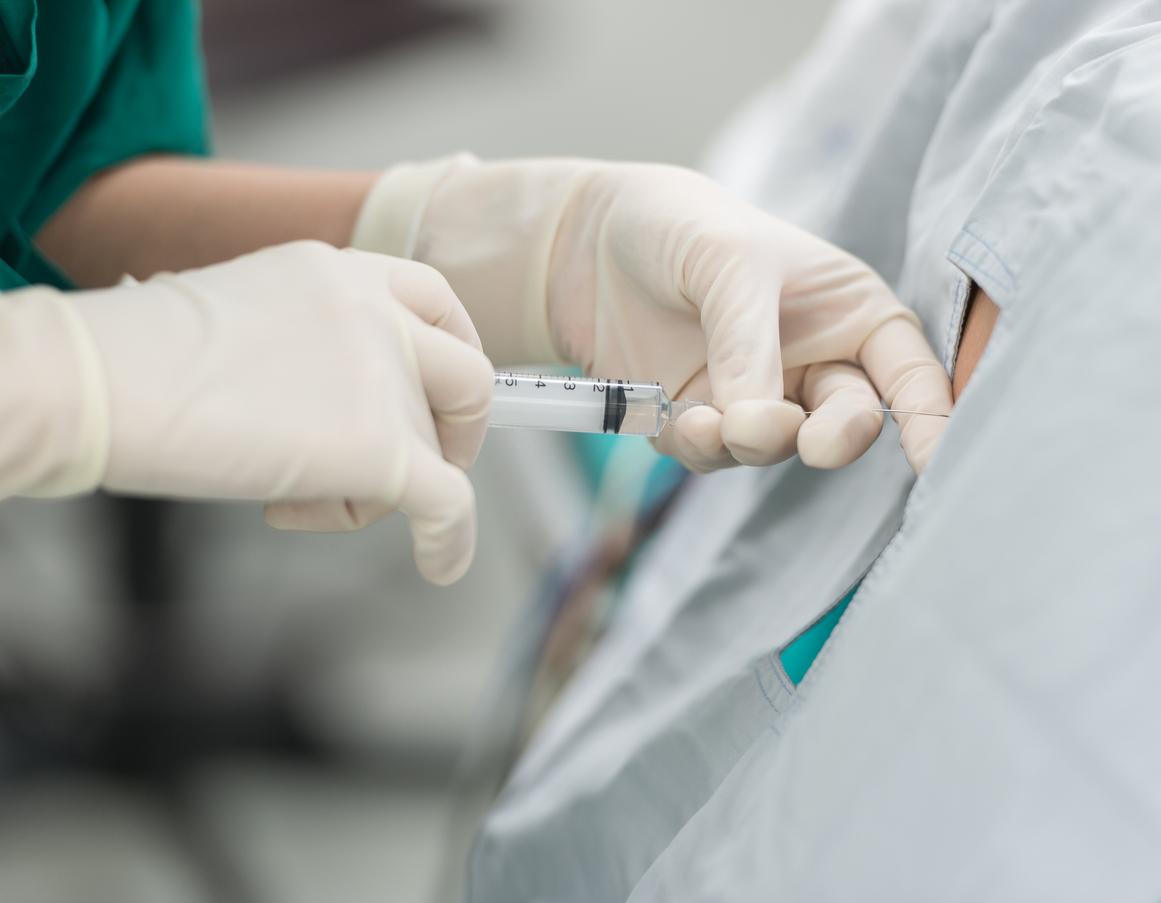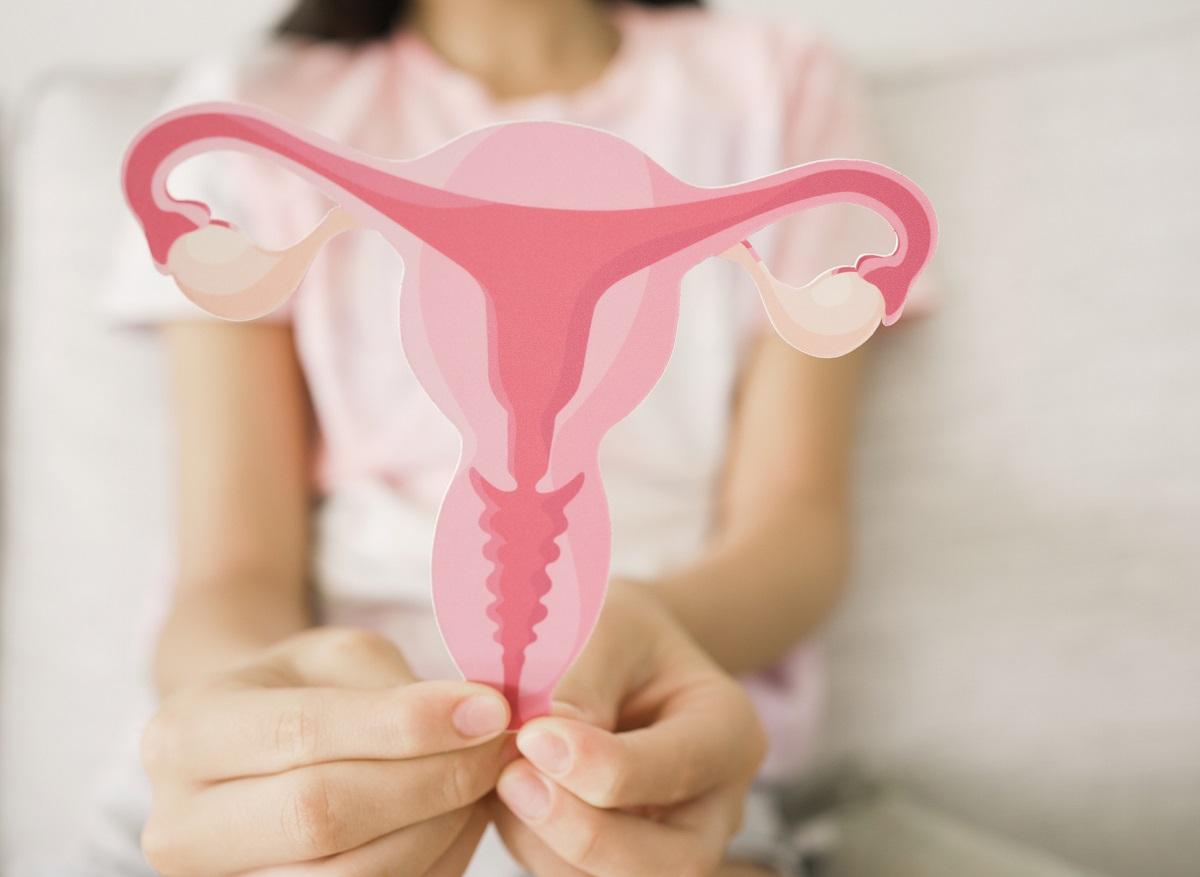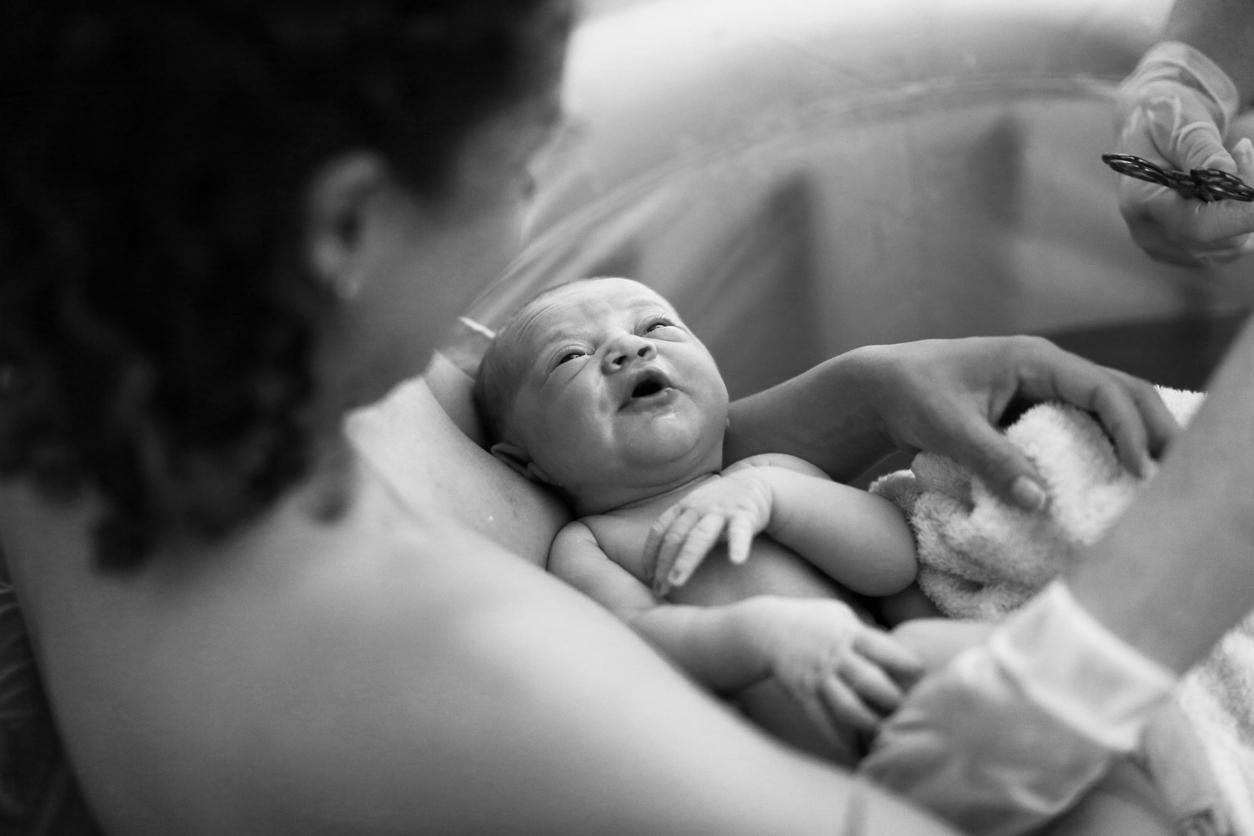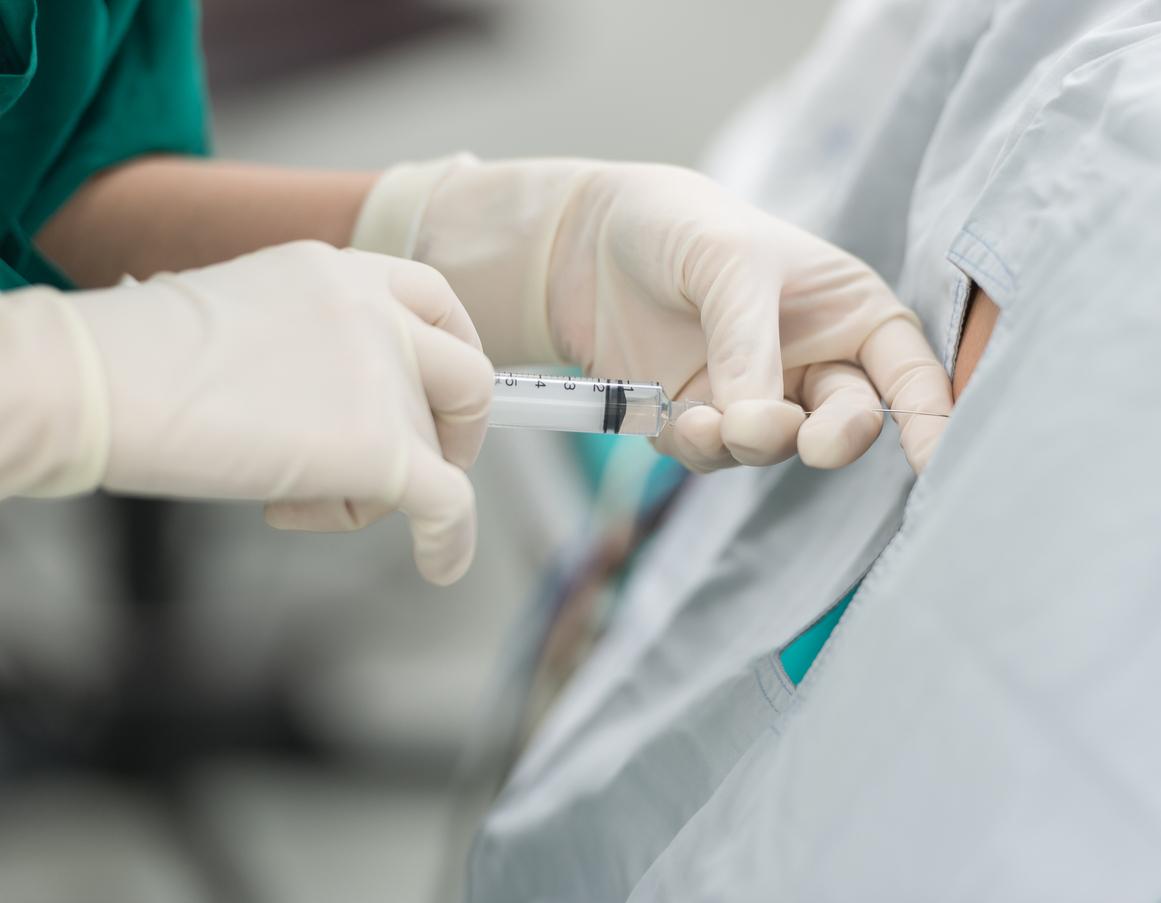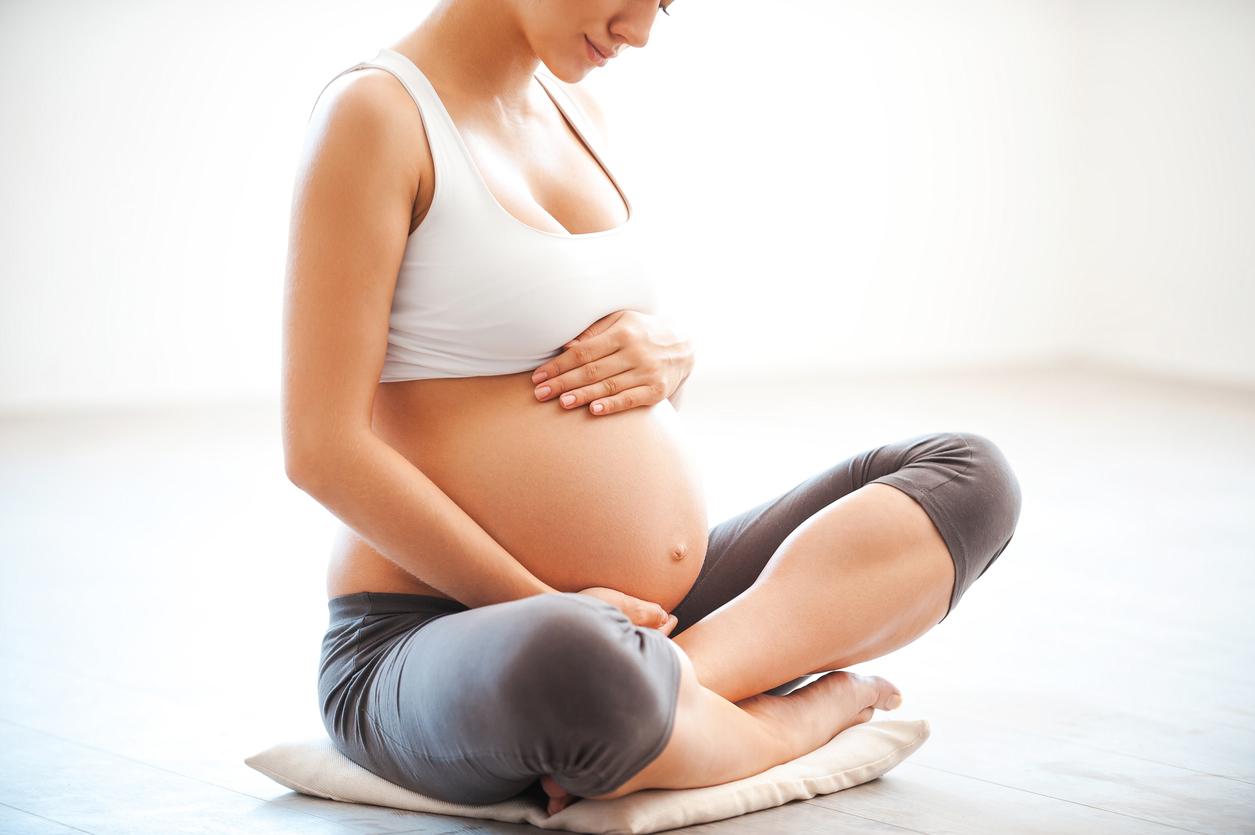First step: vaginal examination
The only way to monitor the progress of labor, the dilation of the cervix, the descent and rotation of the head of the baby, is vaginal examination. Carried out by a midwife or by the obstetrician, this examination
is carried out every hour untilchildbirth.
Second step: monitoring
A recording of the baby’s heart rate, the intensity and duration of uterine contractions, is made using a device called “monitoring”. It has a pressure sensor that the midwife position on the belly of the mother-to-be using an elastic belt. This sensor measures the frequency, rhythm and intensity of contractions. A second ultrasonic sensor records the baby’s heartbeat.
Third step: installation in a rest or birth room
When you arrive at the maternity ward and after having been examined, the midwife will place you in a rest or pre-labor room if your cervix is not dilated enough. She will have a regular vaginal examination there to assess the progress of labor. On the other hand, you will be taken directly to the delivery room if the contractions are frequent, every 2 to 3 minutes, and long, from 30 seconds to 1 minute, or if your cervix is dilated by at least 3 or 4 cm. You will stay in the delivery room until the delivery and for the next 2 hours. If you agree, the future dad is invited to stay close to you in the rest room as well as in the delivery room.













